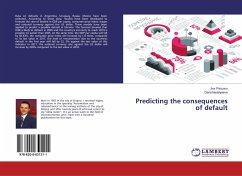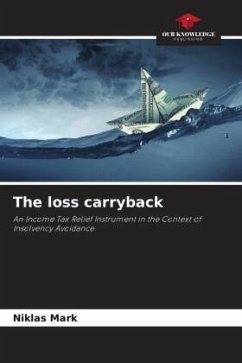
Loss Given Default - Empirical observations and models
A Basel II Ratio for calculation of Expected Losses
Versandkostenfrei!
Versandfertig in 6-10 Tagen
32,99 €
inkl. MwSt.

PAYBACK Punkte
16 °P sammeln!
In times of implementation of Basel II Approach andfinancial crisis, the importance of Loss GivenDefault (LGD), as a measure of expected losses by defaultof banks, companies, corporations, etc. will increaserapidly. The understanding of central statisticalcharacteristics of LGD will help the Banks, HedgeFunds and other Lending Parties to forecast andmeasure the potential losses, if a company goesbankrupt. For its prediction should be created newaccurate mathematical and risk management models andtherefore the involving parties should have moreempirical observations from the past and study thee...
In times of implementation of Basel II Approach and
financial crisis, the importance of Loss Given
Default (LGD), as a measure of expected losses by default
of banks, companies, corporations, etc. will increase
rapidly. The understanding of central statistical
characteristics of LGD will help the Banks, Hedge
Funds and other Lending Parties to forecast and
measure the potential losses, if a company goes
bankrupt. For its prediction should be created new
accurate mathematical and risk management models and
therefore the involving parties should have more
empirical observations from the past and study the
existing models in that area.
financial crisis, the importance of Loss Given
Default (LGD), as a measure of expected losses by default
of banks, companies, corporations, etc. will increase
rapidly. The understanding of central statistical
characteristics of LGD will help the Banks, Hedge
Funds and other Lending Parties to forecast and
measure the potential losses, if a company goes
bankrupt. For its prediction should be created new
accurate mathematical and risk management models and
therefore the involving parties should have more
empirical observations from the past and study the
existing models in that area.












